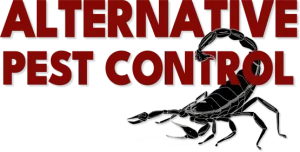Scorpion Control in Spring Branch, TX: Expert Tips from Alternative Pest Control
Living in Spring Branch, TX, offers the beauty of the [...]
Business Hours: Mon – Fri 8:30am to 5pm | Call Us: (830) 899-5400 | Email Us: info@crushabug.com
Living in Spring Branch, TX, offers the beauty of the [...]
Living in the Hill Country of Canyon Lake, TX, offers [...]
Pests don’t follow a schedule, but that doesn’t mean your [...]
Nothing ruins a backyard barbecue or a quiet evening under [...]
Pests don’t take a vacation, and neither should your pest [...]
There is plenty of wildlife around Canyon Lake, TX and some of [...]
Fire ants are an extremely common pest in Texas, posing [...]
Insects, bugs, critters, creepy-crawlies, arthropods, or whatever you may call [...]
Integrated Pest Management (IPM) is a comprehensive, long-term approach to [...]
In recent years, the pest control industry has witnessed a [...]
Use the form below to schedule a service or consultation. Provide your contact information and a brief description of your pest issue or the services you are interested in. One of our specialists will contact you to discuss your needs and arrange a visit.
Copyright © Alternative Pest Control. All Rights Reserved. Site by Dream Maker Productions
